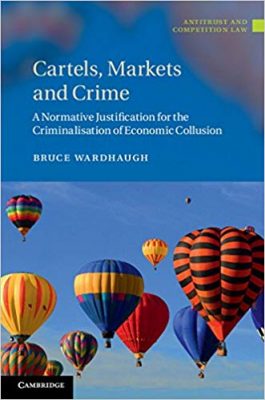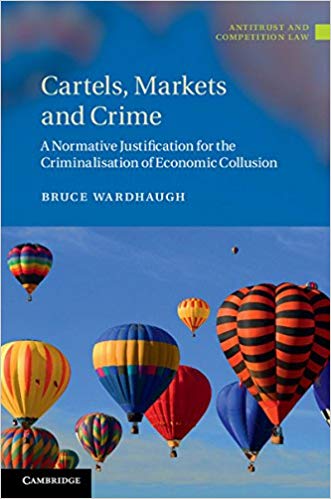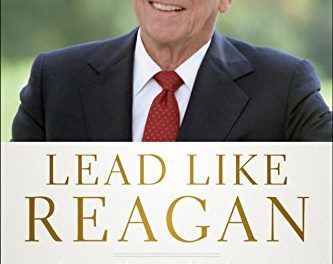 Author: Bruce Wardhaugh
Author: Bruce Wardhaugh
Publisher: Cambridge University Press – 348 pages
Book Review by: Sonu Chandiram
Before reading this book, my understanding of a cartel was that it is a group of independent sellers of a product or line of products that seek to control prices so they can gain more money than would be possible in a free market.
Although most of you probably have some idea of what a cartel is, I wanted to understand what really constitutes a cartel, and get a clearer understanding of the elements required to enable it to effectively control and maintain prices for its benefit, to reap substantially higher profits.
So I turned to a Wikipedia article and it defined a cartel as “a group of apparently independent producers whose goal is to increase their collective profits,” by means of these elements:
- Fixing prices
- Limiting supply
- Controlling sales pieces
- Practicing other restrictions such as margins, geographic areas of distribution, and others
Cartels usually occur in oligopolies, where there are small numbers of sellers who typically sell homogenous products. By this definition, a monopoly, which is a single seller, cannot be classified as a cartel, the Wikipedia article author contends.
Bruce Wardhaugh, the author of this intriguing 2014 book on the work of cartels, looked at and studied such groups in Europe as a whole, in the United Kingdom, and in the United States. His findings came from examining numerous European Union Commission decisions, court cases. statutes and treaties in these three regions. For those readers interested in doing research, they are presented and discussed in a 14-page section in this book of almost 350 pages.
This work contains seven chapters listed below, sandwiched by an Introduction on calls for criminalization of cartels and a Conclusion on how criminal sanctions on them can be justified. :
Introduction
- A normative approach to the criminalization of cartel activity
- Corporate responsibility, agency and the advantages of vicarious liability
- Closing the deterrence gap: individual sanctions
- The American experience of cartel control: values and effectiveness
- The European experience
- Cartel control in the UK: the failure of supplementary criminalisation
- Internationalisation and transplantation
Conclusion
In the Preface, Wardhaugh informs us that in January 2013 when this book went to the publisher, the Enterprise and Regulatory Reform Bill was under Parliamentary consideration. This bill “was intended to reform the UK’s competition game,” and it “was expected to receive Royal Assent in the Spring of 2013,” he points out.
In the 1880s there was much political discussion about cartels in the US, much of it against anti-competitive elements such as cartels. So in 1890 the US Congress passed the Sherman Antitrust Act, to fight collusion by cartels, making illegal “unilateral conduct that monopolizes or attempts to monopolize the relevant market,” and prohibiting “anticompetitive agreements.” This law authorized the Department of Justice to bring suits against cartels.
But at around the same time in the UK, the attitude of the government towards cartels was the opposite. It was not a tough stance at all as in the US. In chapter 6 entitled Cartel control in the UK: the failure of supplementary criminalization, the author writes: “If we begin our account of the English view of cartels at the same year we see a different attitude, one which accepted – if not encouraged – economic collusion, even at the expense of consumer welfare.”
He continues: “This late Victorian attitude, shaped by laissez faire political and economic thought for a century, was to dominate English thought on the problem, and is still influential today. In fact the view holds that in the absence of aggravating factors such as dishonesty, misrepresentation or violence, agreements which advance a party’s commercial interests cannot be criminal, even if such agreements fix prices or otherwise restrain trade.”
Besides looking at and examining in detail the comparative and contrasting situations in the United States and in the United Kingdom, Wardhaugh also looks at the past and current events in Europe as a whole in chapter 5, The European experience. In this chapter, he examines the current European system of controlling cartels.
He writes: “The goal of the present chapter is to examine the present system of cartel control, viewing the initial motivations behind incorporating anti-cartel provisions in the European Treaties and then considering the case law to determine what these provisions in fact protect.”
For anyone interested in the history of cartels in the Western world, this is a good book to begin that historical journey of discovery.
Author:
Bruce Wardhaugh is a lecturer in the School of Law at Queens University Belfast in Belfast, Northern Ireland, where his research interests include competition law and World Trade Organization (WTO) law.







